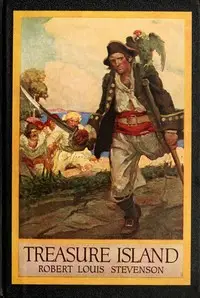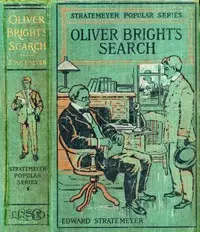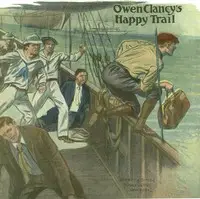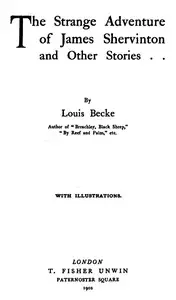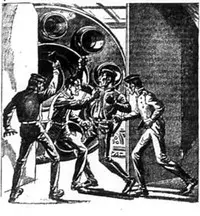"Godfrey Morgan: A Californian Mystery" by Jules Verne is a late 1800s story about Godfrey Morgan, whose life takes an unexpected turn when an island in the Pacific is auctioned off in San Francisco. Godfrey’s uncle, William W. Kolderup, and the odd people that Godfrey meets along the way all join him on an exciting trip that will be a chance to change his life. The book starts with a lively auction where Kolderup surprisingly buys Spencer Island while other characters share their funny thoughts about owning an island. This funny opening sets the scene for Godfrey's adventure, which includes seeing new places and thinking about the bigger questions in life as he participates in auctions and friendly competitions. The exciting writing and interesting people suggest a mix of adventure and thoughts on society, offering readers a fun look at ambition, foolishness, and the desire to explore.

Godfrey Morgan: A Californian Mystery
By Jules Verne
A young man's life turns upside down when a Pacific island goes up for sale, launching him into a thrilling adventure filled with quirky characters and life-changing discoveries.
Summary
About the AuthorJules Gabriel Verne was a French novelist, poet, and playwright. His collaboration with the publisher Pierre-Jules Hetzel led to the creation of the Voyages extraordinaires, a series of bestselling adventure novels including Journey to the Center of the Earth (1864), Twenty Thousand Leagues Under the Seas (1870), and Around the World in Eighty Days (1872). His novels, always well-researched according to the scientific knowledge then available, are generally set in the second half of the 19th century, taking into account the technological advances of the time.
Jules Gabriel Verne was a French novelist, poet, and playwright. His collaboration with the publisher Pierre-Jules Hetzel led to the creation of the Voyages extraordinaires, a series of bestselling adventure novels including Journey to the Center of the Earth (1864), Twenty Thousand Leagues Under the Seas (1870), and Around the World in Eighty Days (1872). His novels, always well-researched according to the scientific knowledge then available, are generally set in the second half of the 19th century, taking into account the technological advances of the time.


